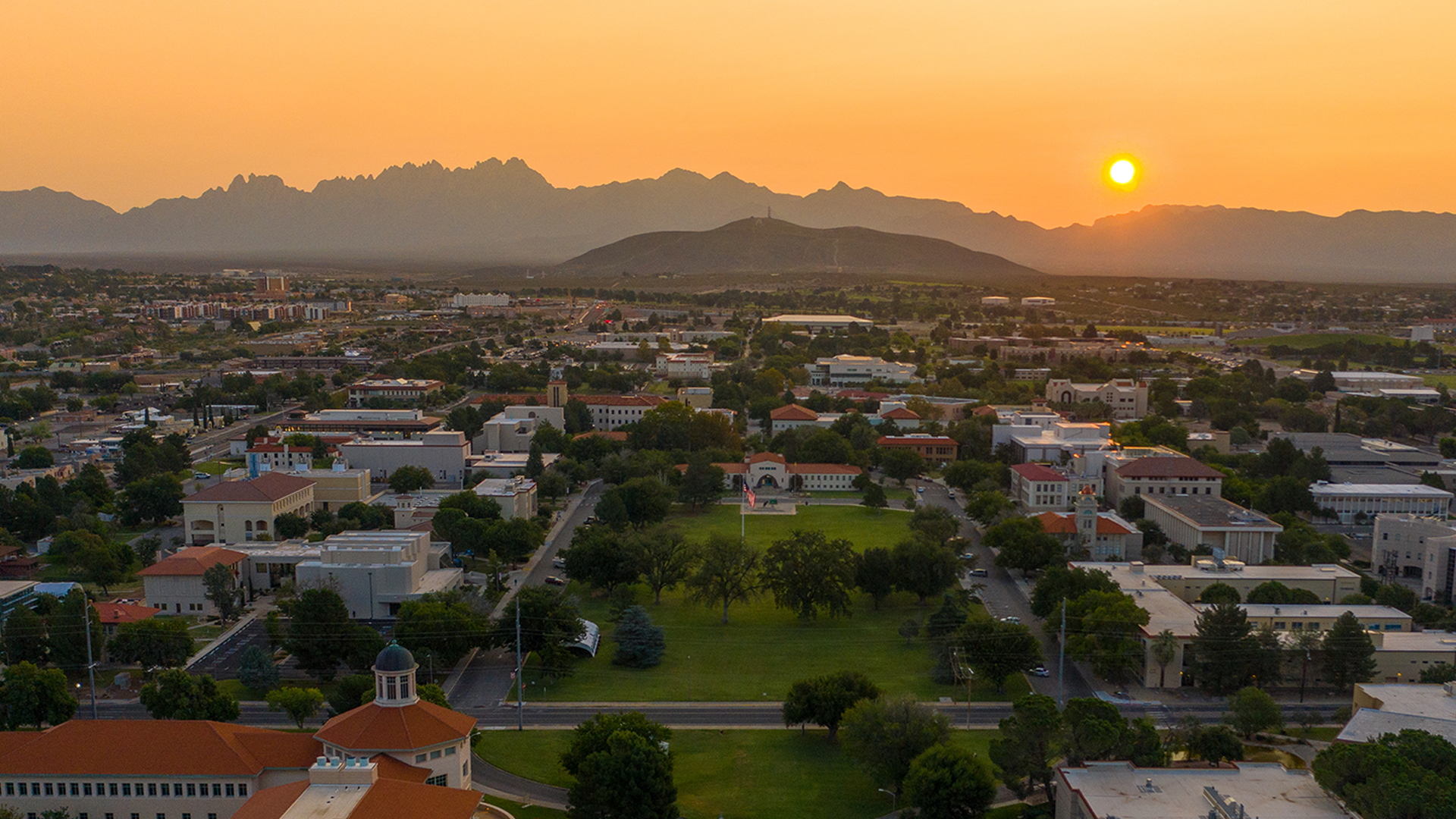NMSU to lead team to establish Environmental Justice Technical Assistance Center

NEW MEXICO – As one of 17 selected awardees, New Mexico State University (NMSU) will lead a team to establish an Environmental Justice Thriving Communities Technical Assistance Center in the region to help underserved and overburdened communities remove barriers and improve accessibility with environmental justice issues.
Recently, the U.S. Environmental Protection Agency, in cooperation with the Department of Energy, announced the $177 million investment. The NMSU project will cover EPA Region 6, which includes Arkansas, Louisiana, New Mexico, Oklahoma, Texas and 66 tribal nations, and will receive a five-year, $10 million grant to create the South Central Environmental Justice Resource Center (SCEJRC).
“NMSU is very pleased to lead this important initiative for the five-state South Central region,” said NMSU Interim Chancellor Jay Gogue. “Service to the general public is central to our land grant mission, and we look forward to the creation of an environmental justice technical assistance center that will truly help communities thrive.”
The centers will offer training to help navigate federal grant application systems, including writing grant proposals and managing grant funding. The centers will offer guidance on communication channels to ensure communities have direct access to resources and information, community engagement, meeting facilitation, and translation and interpretation services for limited English-speaking participants.
“New Mexico has been a leader in providing energy for our country, for decades. As the type of energy we depend on changes, the opportunity to lead grows – and so do the jobs that will come with it. The first step is to invest in the people of our great state so they can pursue the careers that will enable the transition to clean energy, widespread electrification, resilient grids and multi-state transmission projects,” said New Mexico Senator Martin Heinrich, chairman-designate of the Joint Economic Committee and member of the Senate Energy and Natural Resources Committee.
SCEJRC partners include academic institutions such as the NMSU College of Engineering, NMSU Cooperative Extension Service and the Texas Manufacturing Extension Program at the University of Texas at Arlington; non-profit organizations Beloved Community, Santa Fe Green Chamber of Commerce, Inter-Tribal Council of Louisiana, Gulf States Renewable Energy Industry Association, Together Louisiana and G.A.A.P. Grant Writing Training; and industry organizations, LifeCity and Arkansas Capital Corporation.
One of the goals of the SCEJRC will be to provide relevant outreach programs and resources to improve environmental and energy justice, with an emphasis on disinvested populations in underserved communities and rural and remote areas. After the award goes into effect in June, SCEJRC plans to focus on building its network of resources in the first year, including the creation of a database and website.
One of the unique aspects of SCEJRC is the plan to develop an equitable leadership model designed to elevate disinvested communities through leadership, peer learning and outreach training to ensure relevant and active engagement in future environmental and energy policy development; and empower business leaders for equitable engagement through awareness of current assets and options, and emerging economic opportunities.
SCEJRC plans to expand Beloved Community’s Workplace Equity Communities of Practice program. Beloved will lead the integration and bring together leadership teams from 20 to 30 organizations across the region. Participants will develop both interpersonal and institutional capacities to disrupt systemic racism and discrimination that manifest within their organization and its operations.
In addition, the center will create a generation of community leadership development for environmental justice by leveraging NMSU Extension’s cohort-based leadership program, New Mexico Education Designed to Generate Excellence in the Public Sector, or NM EDGE. NM EDGE provides comprehensive leadership training for administrators, managers, elected officials and staff in local, state, tribal and national governments. The new environmental justice model will focus on fostering leaders who can build confidence in decision-making processes through ethics and leadership training.
